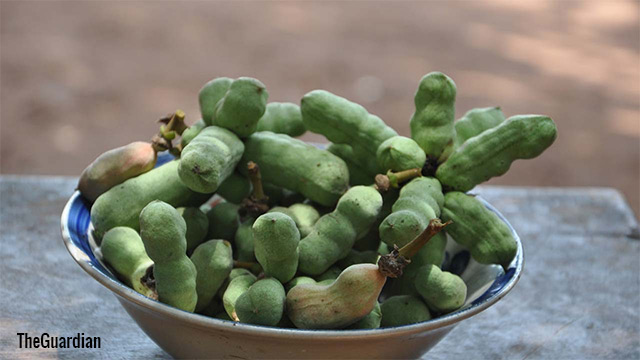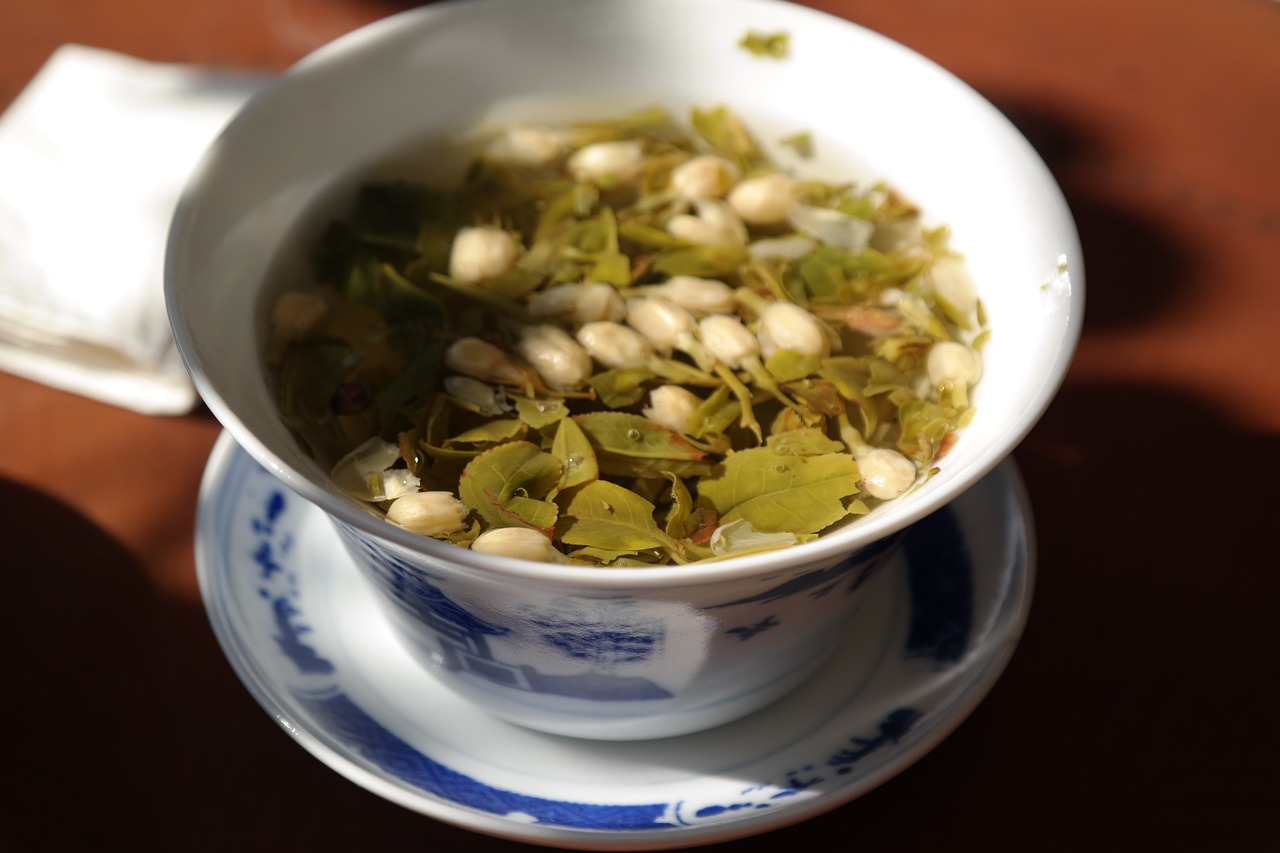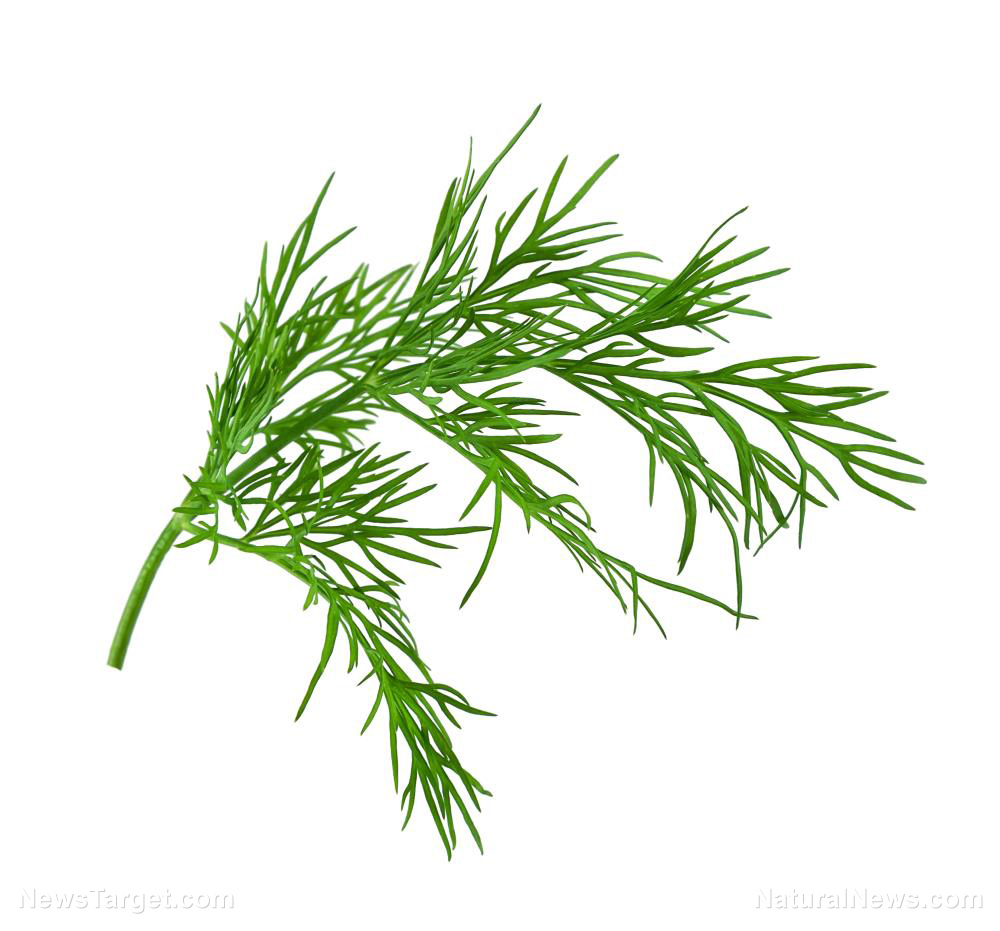Make your wheat bread more nutritious by using fermented chickpea flour
06/21/2018 / By Ralph Flores

Bread is a staple in U.S. households – with at least 14.7 million tons consumed every year – making it one of the countries with the highest bread and bakery consumption rates in the world. In China, where it’s also one of the fastest-growing food trends – just behind the U.S. at 9.3 million tons – researchers from Nanjing Agricultural University have established a procedure which improves the nutritional profile of wheat bread without compromising its taste. The method, published in CyTa – Journal of Food, called for adding chickpea flour that has been fermented with Cordyceps militaris to create a nutritionally dense bread that is still appealing to consumers.
The process of making bread significantly reduces the nutrient content of its finished product. In particular, most flours are made from the endosperm of the wheat, discarding the wheat bran and germ, where essential B vitamins, trace minerals, antioxidants, phytonutrients, and unsaturated fats are found. In the milling process, other vitamins such as niacin, riboflavin, thiamin, vitamin B6, folic acid, and iron – initially found in whole-wheat kernels – are also lost. For the most part, these lost nutrients are added back into the flour either through enriching it, which replaces nutrients lost during milling, or fortifying it, a process that adds nutrients not originally present in wheat kernels.
For the study, researchers looked at the idea of using chickpeas, the third most important grain legume in the world, as a replacement for wheat flour. Earlier studies have indicated that chickpeas are loaded with proteins and essential amino acids, as well as vitamins, minerals, and dietary fiber.
“Furthermore, chickpea is a good source of health-promoting bioactive substances such as phenolic compounds,” they wrote in the study.
Previous tests have also shown that C. militaris, a fungus often used in traditional medicine, was able to enhance the antioxidant activity of chickpeas through fermentation. How it develops is insidious, at best: The fungus infects certain insects, mainly caterpillars, where it uses its body to develop and grow. Its health benefits, however, are numerous. In a separate study, researchers from the University of Fukui in Japan have stated that C. militaris possesses “anti-inflammatory, antioxidant/anti-aging, anti-tumor/anti-cancer/anti-leukemic, [and] anti-proliferative” properties. It was also noted to protect the liver, kidneys, and the respiratory tract. (Related: Scientists discover how Cordyceps mushrooms fight cancer.)
Researchers looked at how adding C. militaris-fermented chickpea flour could affect the quality and antioxidant properties of wheat bread. In the study, they defined “quality” by benchmarking the final product against non-fermented chickpea flour and compared both with wheat-only bread in terms of specific volume, proximate composition, crust and crumb color, crumb texture, molecular mobility, and sensory evaluation.
In making the bread, researchers substituted the wheat flour using a ratio of 50 g of chickpea flour to a kilogram of wheat flour. This was done for both fermented and non-fermented chickpea flour during the production process. The resultant products were then evaluated for their volume and quality, texture and color, antioxidant content, and overall appearance and taste.
Based on the results, the team established that fortifying wheat bread with either type of chickpea flour improved its nutritional content. In particular, both types had higher fat and protein contents, as well as phenolics content and antioxidant activity. The wheat bread made from fermented chickpea flour, however, edged out the one that was made with non-fermented flour in terms of phenolic content and antioxidant activity.
“Therefore, CFC [Cordyceps militaris-fermented chickpea] enhanced wheat bread could be developed as a functional food with more effective antioxidant properties,” the researchers concluded.
In terms of quality, the wheat bread made with fermented chickpea flour fared better than wheat-only bread, having a higher specific volume. However, comparing it to bread that was produced using non-fermented chickpea flour led to a negative effect. The sensory evaluations also yielded similar results, with the wheat bread that was made using fermented chickpea flour getting better scores, including that for texture, appearance, color, and overall acceptance.
Researchers are hopeful that the chickpea-fermented wheat bread could be used in future developments of a “natural nutraceutical-rich material, in the production of higher consumer-acceptable as well as quality and antioxidant properties improved bread.” Further research is needed to understand the factors that will go into the production and formulation of wheat bread, as well as maximize the level of C. militaris-fermented chickpea flour to be used to maintain quality and acceptability, together with its health benefits.
Learn more of the benefits of chickpeas and Cordyceps by following Food.news today.
Sources include:
Tagged Under: antioxidant activity, antioxidants, bread making, chickpea, chickpea flour, Cordyceps militaris, delicious bread, fermented chickpea flour, fermented flour, nutrient profile, phenol, phenols, recipe, wheat bread




















